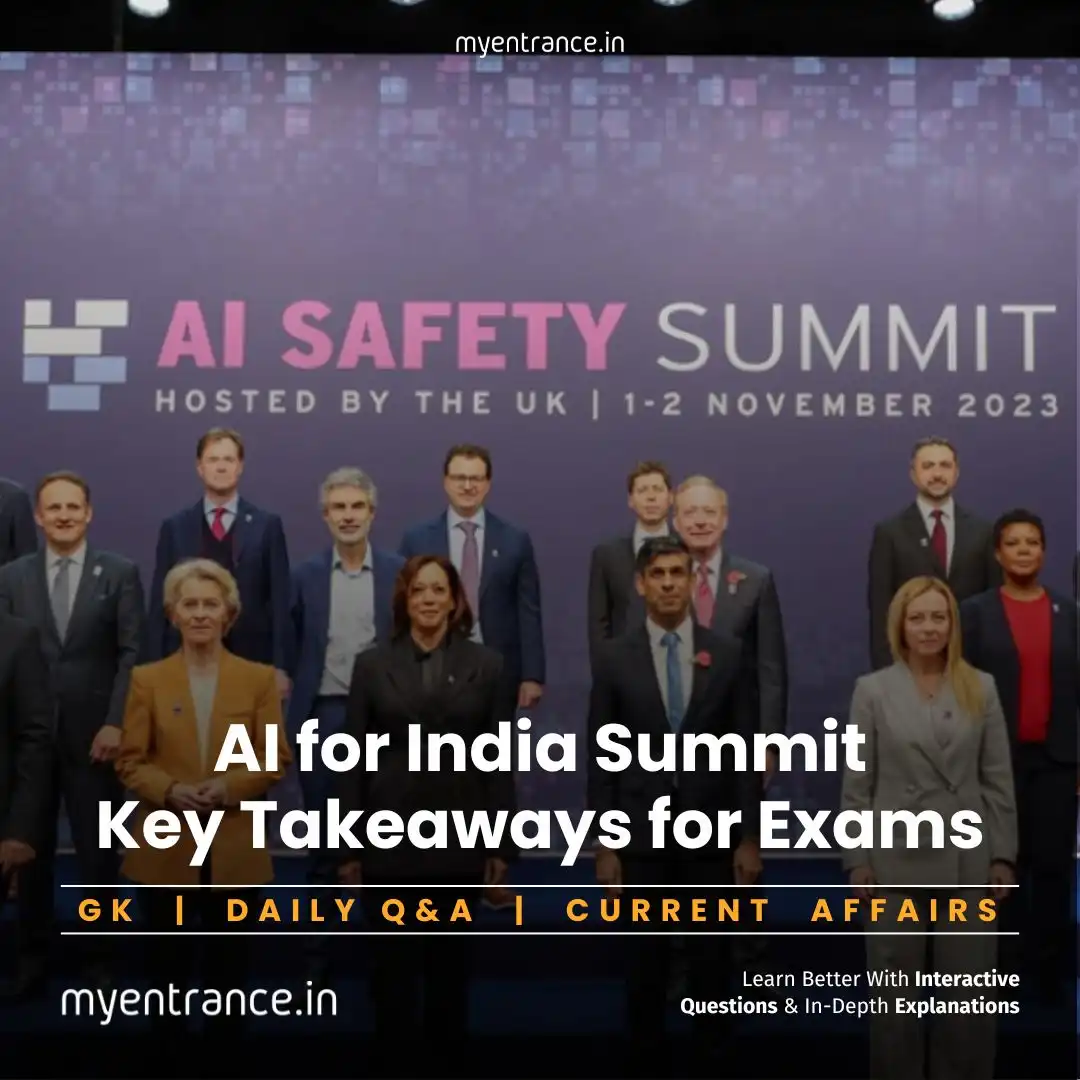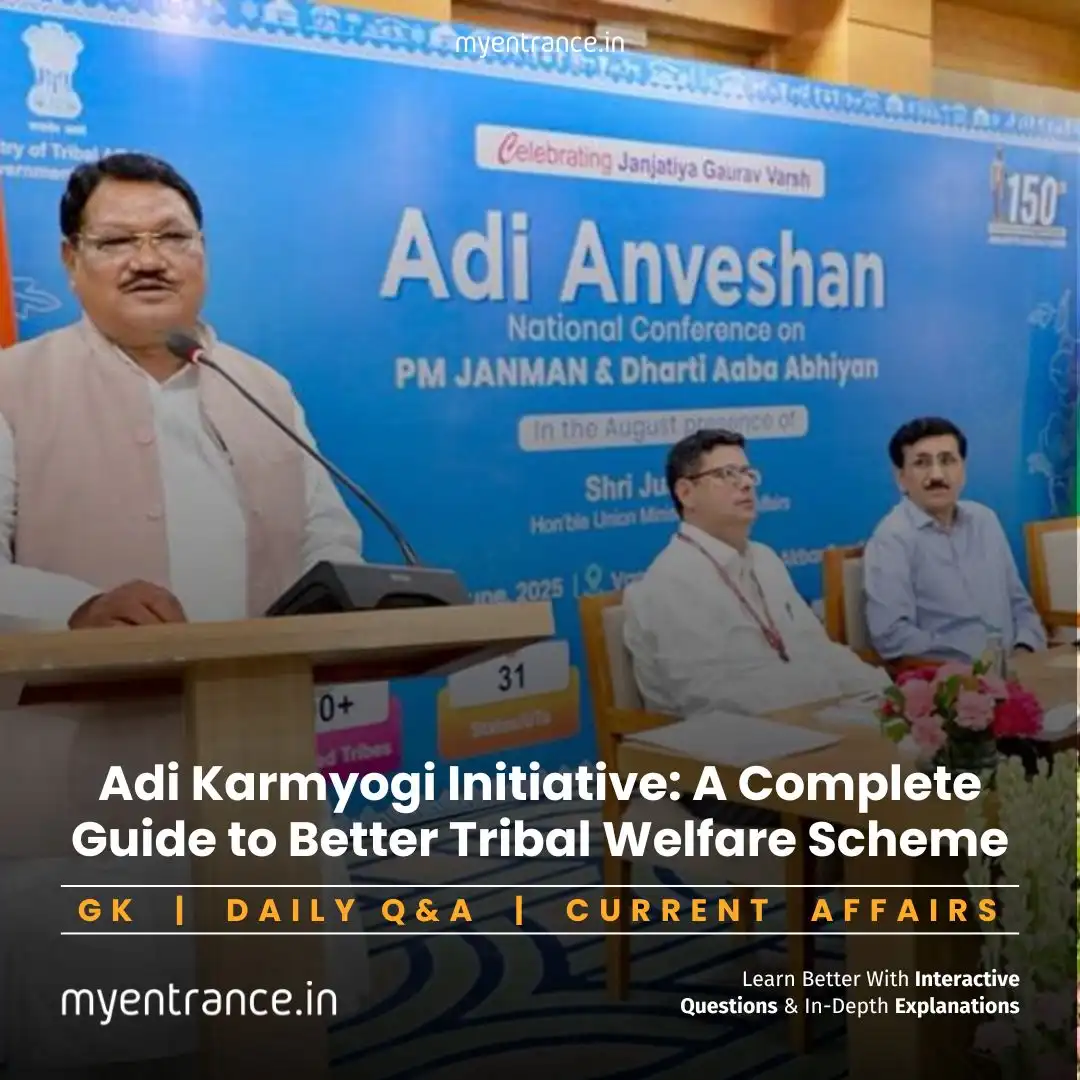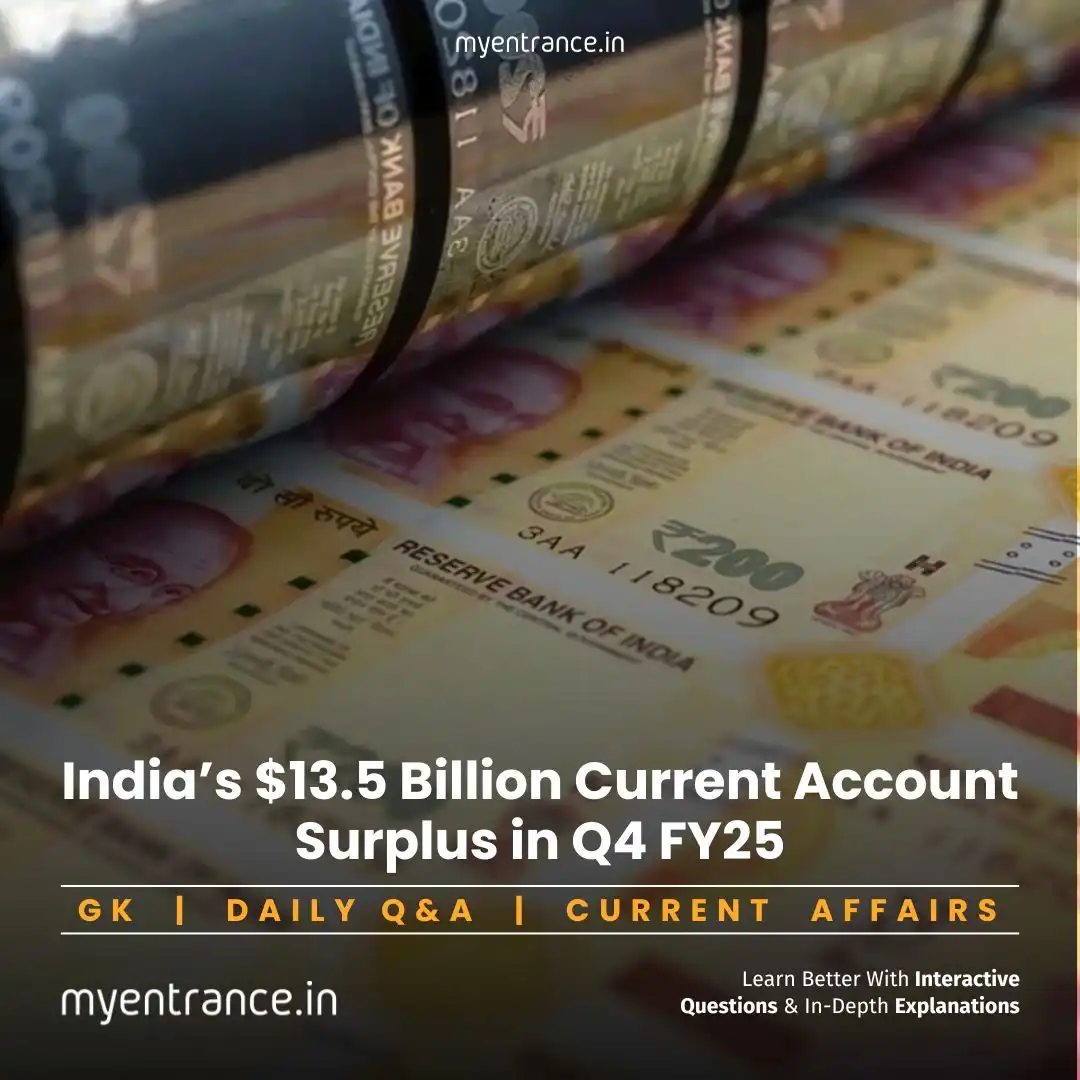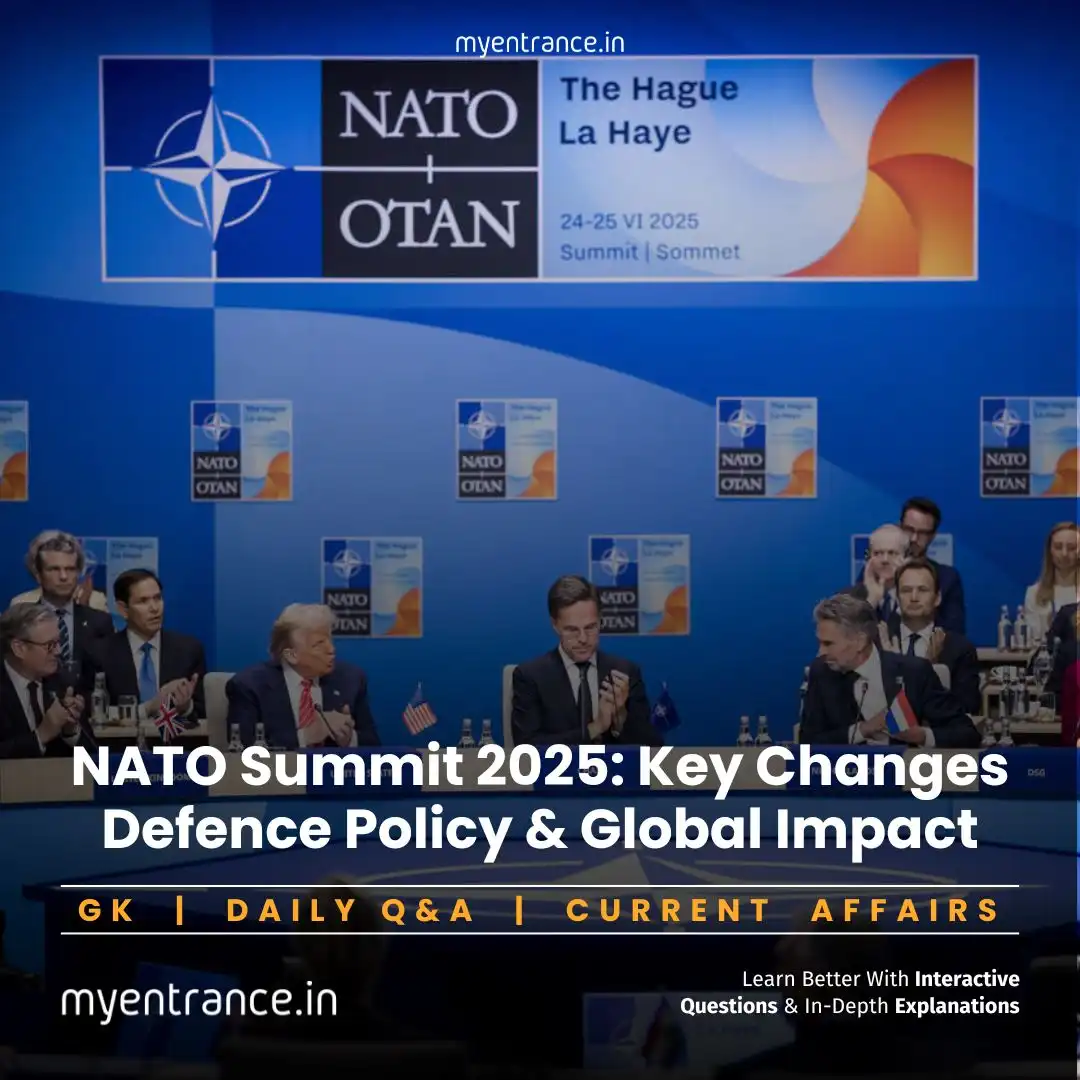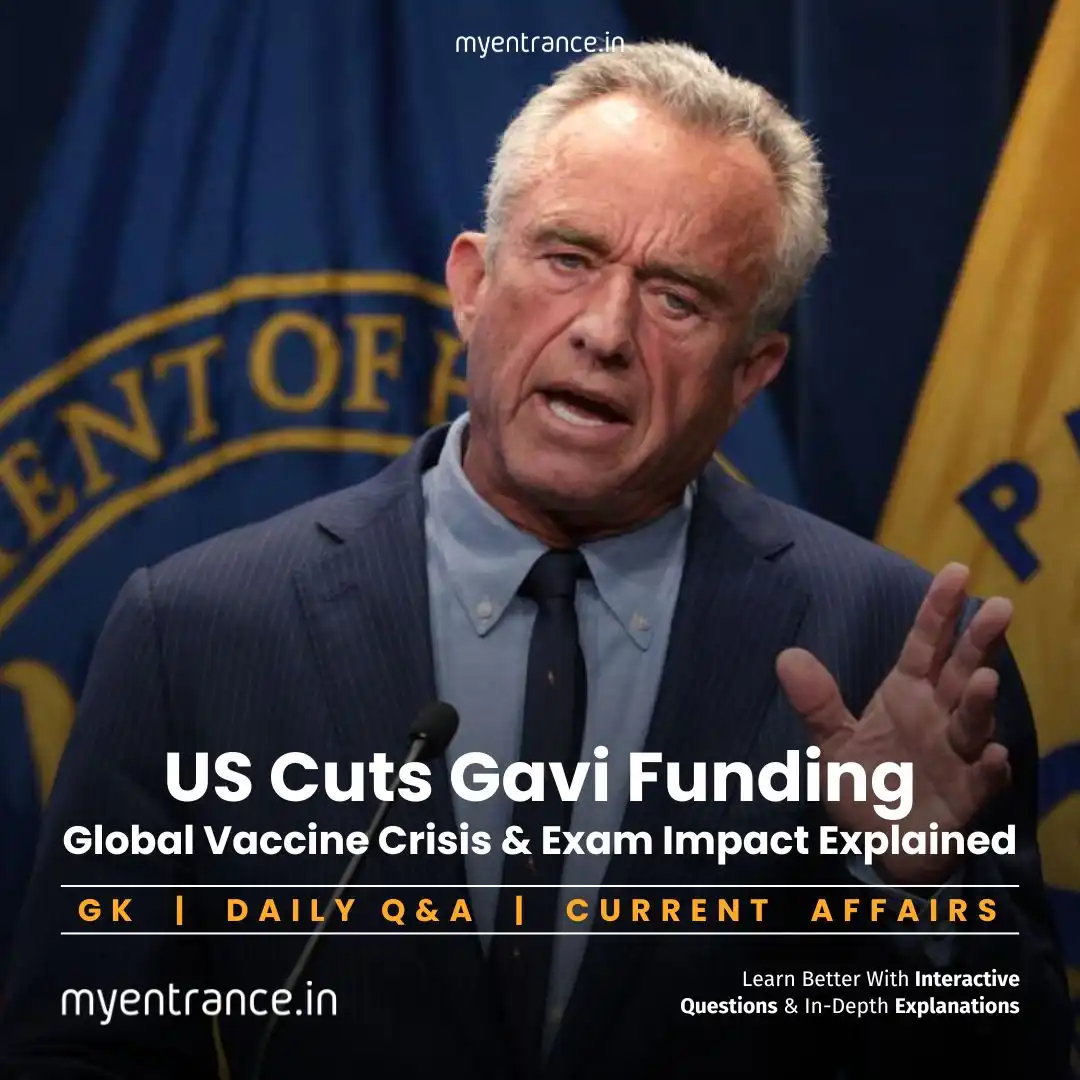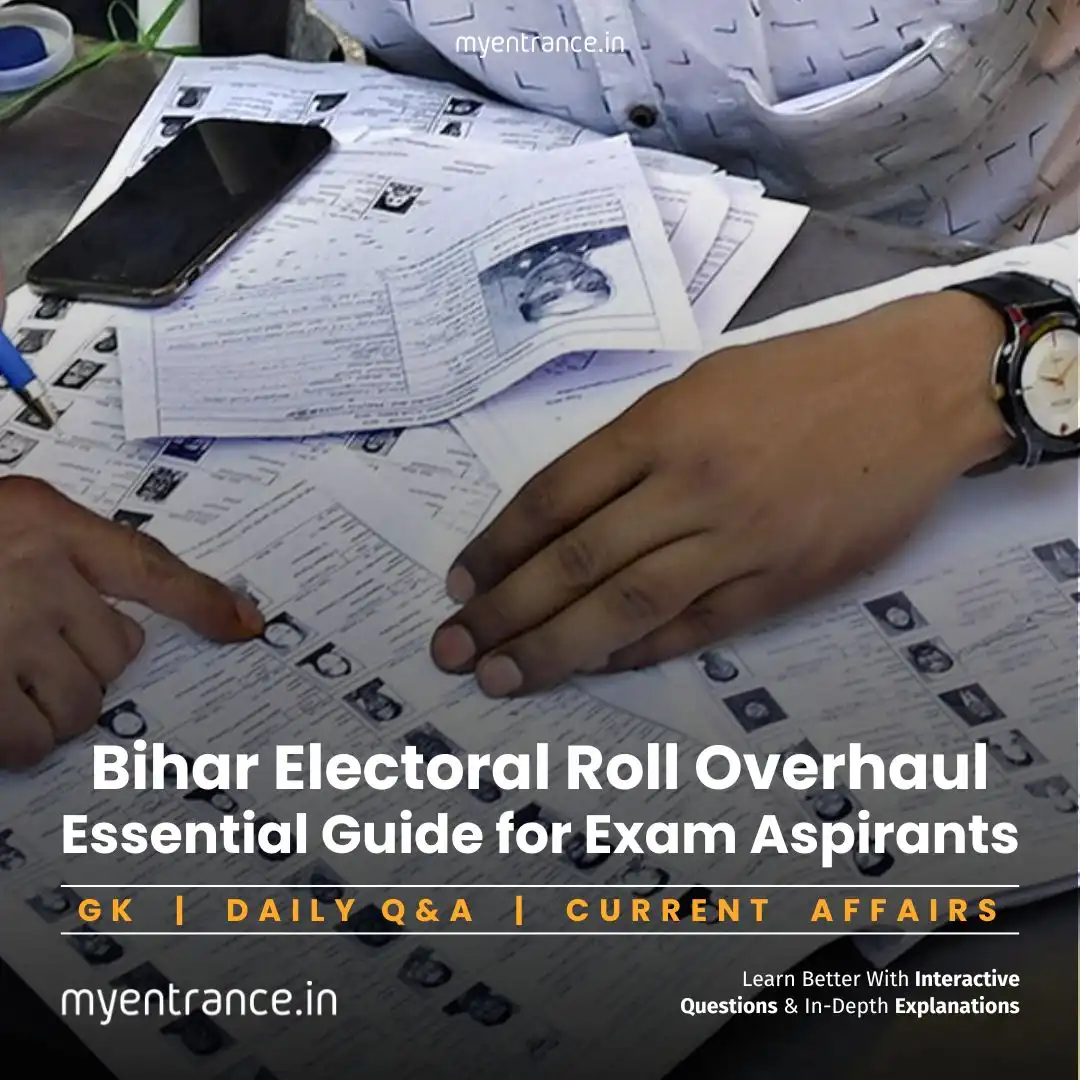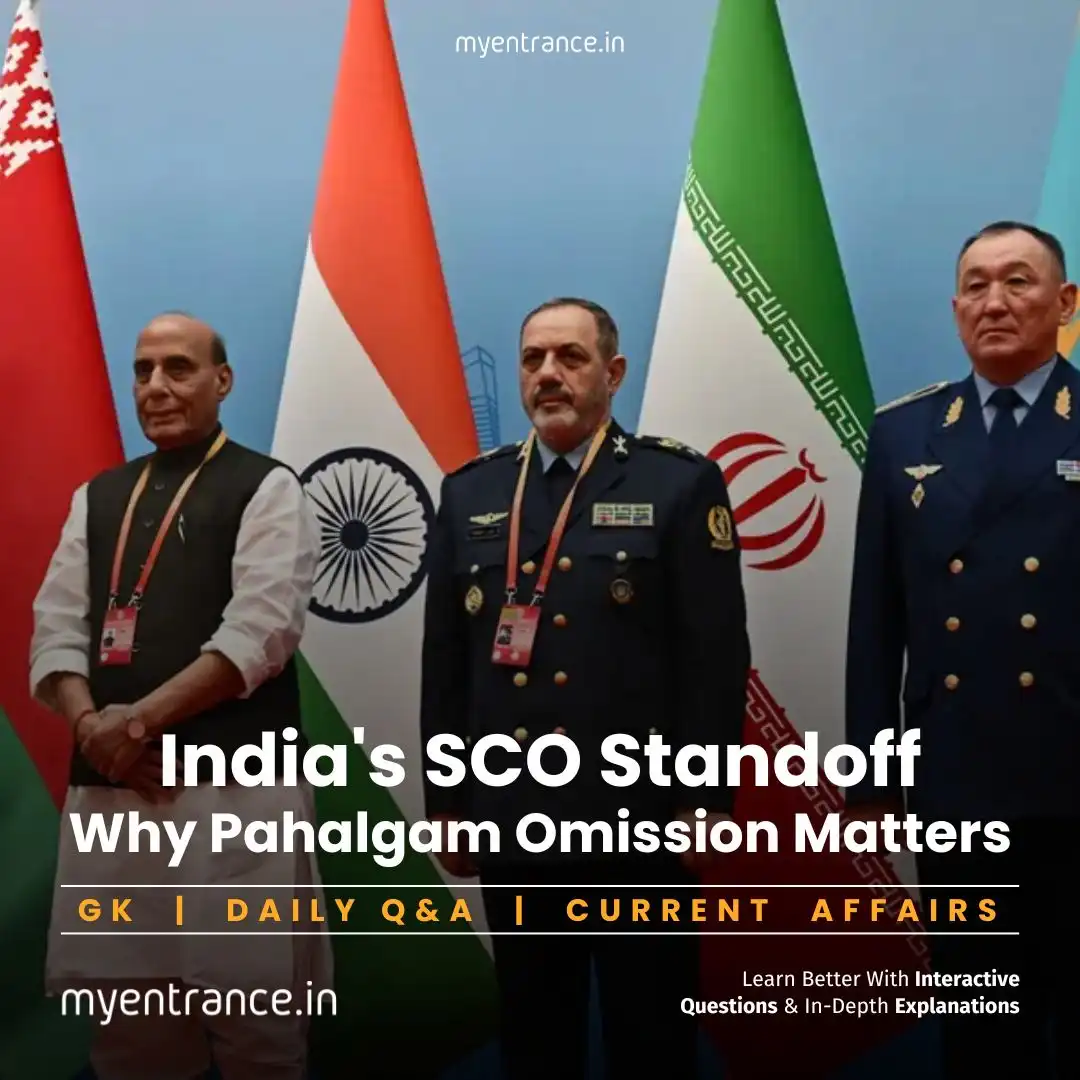Select Language
India’s Poverty Decline: Decoding the World Bank’s 5.75% Figure
India has made remarkable progress in reducing extreme poverty, with the World Bank’s April 2025 report indicating that just 5.75% of the population (around 75 million people) now live below the poverty line—a sharp decline from 27% (344 million) in 2011-12. This suggests that 171 million Indians have risen out of abject poverty in a decade, marking a significant milestone in the country’s developmental journey.

However, the report has also reignited long-standing debates on how poverty is measured. The World Bank’s revised methodology uses a $3/day (PPP-adjusted) poverty line, recalculates historical data, and presents a more optimistic trend than previous estimates. Yet, questions remain: Does this figure truly reflect ground realities? Why has India not updated its official poverty line since 2011-12? And how do alternative measures, like the Multidimensional Poverty Index (MPI), compare?
This analysis deciphers the key takeaways, methodological shifts, and controversies behind the World Bank’s poverty data—essential for understanding India’s economic and social policy challenges.
1. Latest World Bank Data (April 2025)
Headline Figure: 5.75% (75.22 million) Indians live in “abject poverty” (2022-23).
Historical Revision: Poverty rates for past decades were revised downward (e.g., 1977-78: 64% → 47%).
Progress: Extreme poverty fell from 27% (344.4 million) in 2011-12 to 5.75% in 2022-23 – 171 million lifted out in 10 years.
New Poverty Line: $3/day (PPP-adjusted), replacing previous lower benchmarks.
2. Understanding Poverty Lines
Definition: Minimum income threshold to afford basic necessities (food, shelter, clothing).
Purpose:
Identify beneficiaries for welfare schemes.
Measure policy effectiveness over time.
Context Sensitivity: Varies by time/location (e.g., ₹1,000/month was sufficient in 1975 but not today).
3. India’s Reliance on World Bank Data
Why? No official national poverty line since 2011-12 (Tendulkar Committee).
Committee Timeline:
Tendulkar (2009): Last official method (₹816/month rural, ₹1,000/month urban, 2011-12).
Rangarajan (2014): Proposed higher lines (₹972 rural, ₹1,407 urban) – not adopted.
Data Gaps: NSSO consumption survey delays post-2011-12 forced reliance on external sources.
4. World Bank’s Methodology
PPP Adjustment: Uses Purchasing Power Parity to compare living costs across countries.
Benchmarks:
Extreme Poverty: $2.15/day (global baseline).
Higher Thresholds: $3.65 (lower-middle income), $6.85 (upper-middle income).
India’s Case: $3/day used, reflecting local cost of basic needs beyond survival.
5. Contested Poverty Estimates
Debates Include:
Underestimation: Critics argue WB lines are too low for India’s development stage.
Method Shifts: Revisions of historical data raise questions about comparability.
Multidimensional Poverty Index (MPI): NITI Aayog (2023) reported 11.28% poor using health/education/living standards – diverges from income-based measures.
6. Poverty Classifications
Absolute Poverty: Fixed basket of essentials (e.g., WB’s $2.15/day).
Relative Poverty: Income below society’s median (e.g., 50% of median income). Used in developed nations.
7. Key Takeaways for UPSC
Policy Success: Rapid poverty reduction (27% → 5.75% in a decade) aligns with India’s welfare schemes (NFSA, PMAY, MGNREGA).
Data Challenges: Lack of post-2011 official poverty line complicates analysis.
MPI vs. Income: MPI captures non-monetary deprivations but may not replace income-based metrics.
Critical Analysis:
Is $3/day sufficient for “dignified living” in urban India?
How do state-level variations affect national figures?
8. Quotes for Value Addition
“Poverty lines must evolve with societal expectations.” – Rangarajan Committee (2014)
“MPI complements but doesn’t replace income poverty measures.” – UNDP
Most Predicted Questions
Comprehensive study materials, Expert-guided tips & tricks, Mock tests and instant results.
Start your SSC, NIFT, NID, FDDI, PSC journey today with MyEntrance, your ultimate online coaching platform.

